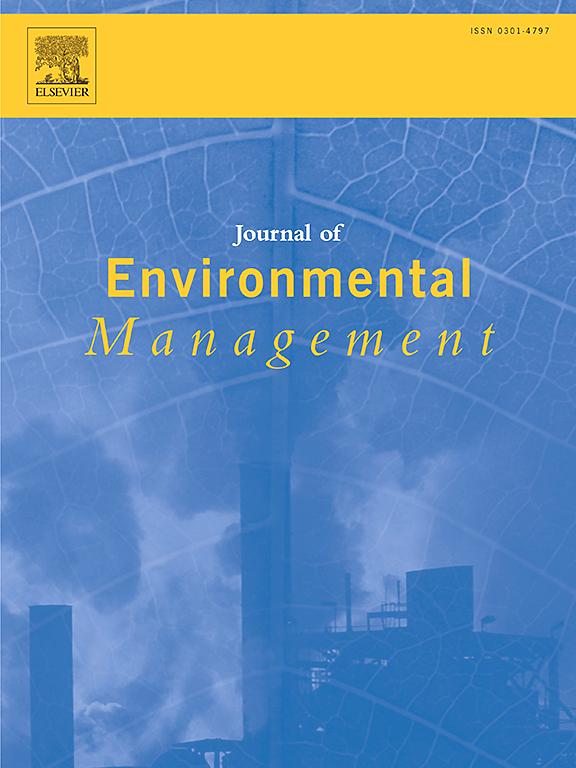Development of in-situ MOF-modified ceramic filters for enhancing fluoride removal in water supply for remote communities
IF 8
2区 环境科学与生态学
Q1 ENVIRONMENTAL SCIENCES
引用次数: 0
Abstract
Ensuring the safe removal of fluoride from drinking water poses a significant challenge in numerous remote communities affected by fluoride contamination. Therefore, this study focuses on the in-situ growth of MOF—AlFu on ceramic filters (CFs), thereby synthesizing in-situ MOF-modified ceramic filters (IMCFs) for effective fluoride removal from drinking water in such communities. Initially, we conducted response surface optimization of the IMCF preparation process, followed by comprehensive characterization. Based on SEM, XRD, and FTIR analyses, it is confirmed that AlFu successfully grows on the surfaces and within the pores of CFs, forming layered structures that enhance the effective adsorption of fluoride on IMCFs. Besides, zeta potential and FTIR results indicated that electrostatic adsorption, ion exchange and hydrogen bonding are the primary mechanisms of fluoride adsorption on IMCFs, which is also confirmed by the adsorption kinetics. The results of adsorption isotherms show that the maximum adsorption of IMCFs is 9.51 mg/g. Within the pH range of 4–10, IMCFs reduced the fluoride concentration from 10 mg/L to below 1.2 mg/L. Furthermore, the IMCF retains over 75 % of its adsorption capacity after undergoing five use cycles, exhibiting remarkable durability during the multiple cycling filtration process. This study suggests that the developed IMCF can serve as a safe and effective defluoridation technology for purifying drinking water in remote communities.

求助全文
约1分钟内获得全文
求助全文
来源期刊

Journal of Environmental Management
环境科学-环境科学
CiteScore
13.70
自引率
5.70%
发文量
2477
审稿时长
84 days
期刊介绍:
The Journal of Environmental Management is a journal for the publication of peer reviewed, original research for all aspects of management and the managed use of the environment, both natural and man-made.Critical review articles are also welcome; submission of these is strongly encouraged.
 求助内容:
求助内容: 应助结果提醒方式:
应助结果提醒方式:


